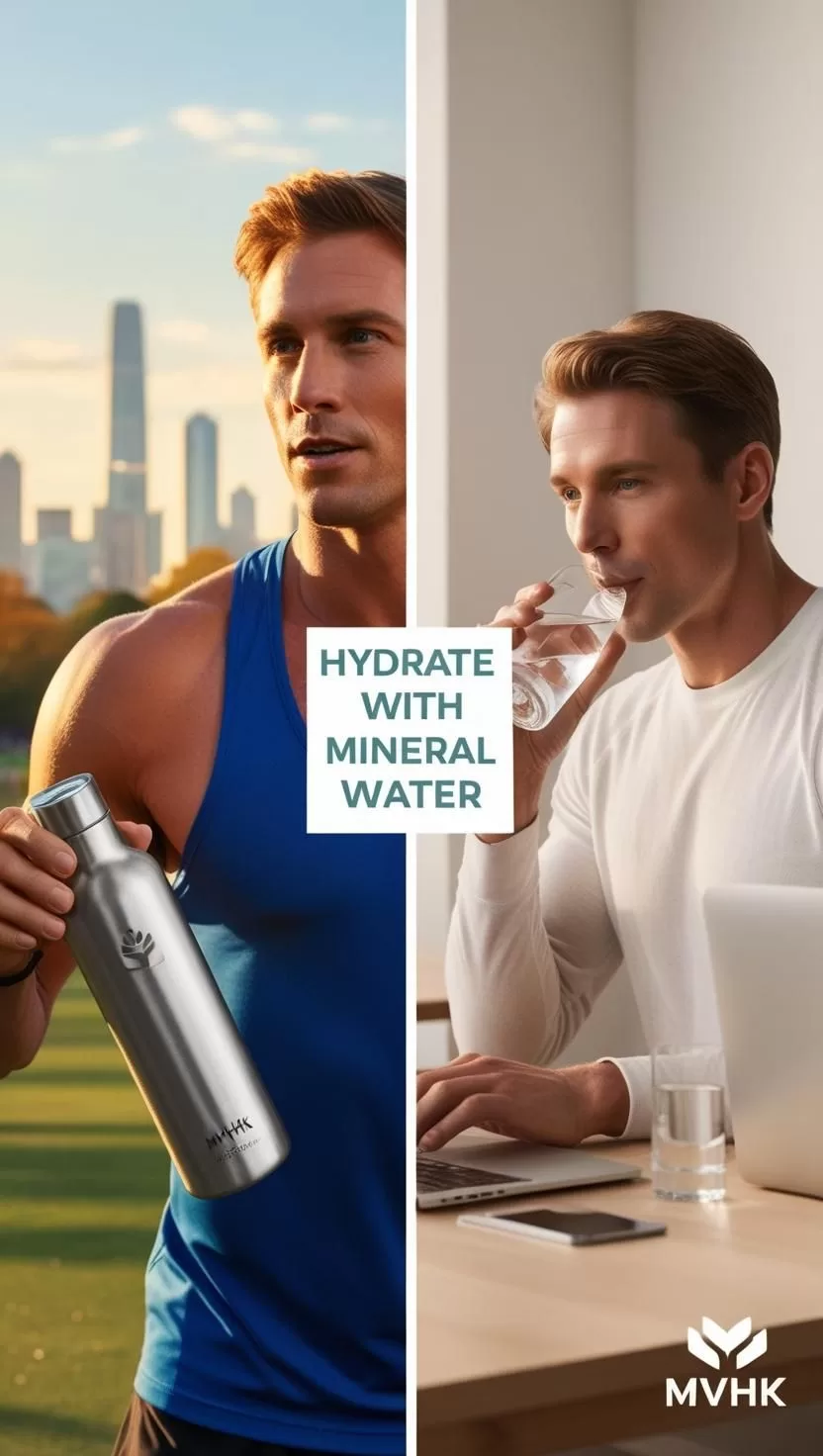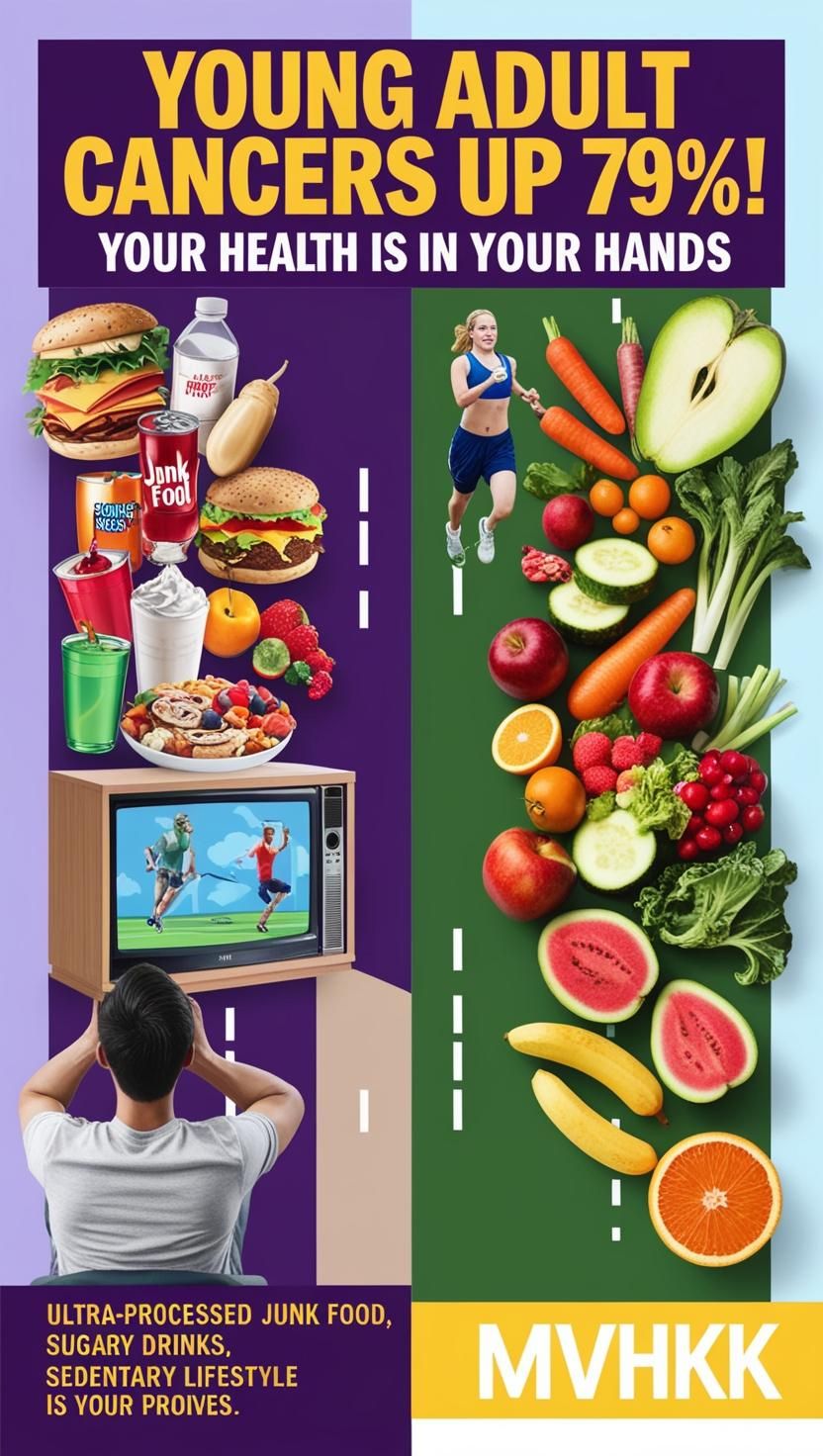Lower Your Blood Pressure Naturally: 5 Proven Strategies
Introduction
High blood pressure (hypertension) affects nearly half of all adults worldwide—and many aren’t even aware . What’s worse: pharmaceuticals profit from it, while manageable lifestyle changes are often overlooked. But you can actively lower your blood pressure naturally using evidence-based strategies. This article explores five powerful, zero-side-effect methods—perfect for busy professionals—backed by science and wearable tracking. Let’s dive in.
🎯 The Science Behind Natural Blood Pressure Reduction
Blood pressure rises from strained arteries and increased heart workload. Clinical guidelines and studies show that weight loss, exercise, nutrient-rich diets, stress control, and improved sleep significantly reduce BP—sometimes matching medication effects youtube.com.
Latest Research
- The DASH diet (“Dietary Approaches to Stop Hypertension”) reduced systolic BP by 11.4 mmHg and diastolic by 5.5 mmHg in hypertensive adults—within two weeks en.wikipedia.org.
- Regular walking offers consistent moderate reductions in systolic pressure youtube.com+5en.wikipedia.org+5pmc.ncbi.nlm.nih.gov+5.
- Supplements like CoQ10, fish oil, garlic, and vitamin C show mild to moderate effects pmc.ncbi.nlm.nih.gov.
Mechanisms
- Aerobic and resistance training strengthen the heart and lower arterial pressure health.com+2medicalnewstoday.com+2timesofindia.indiatimes.com+2.
- Reducing sodium and added sugars improves blood vessel health verywellhealth.com+8medconnection.ucsfhealth.org+8timesofindia.indiatimes.com+8.
- Deep breathing and cold exposure promote vasodilation and stress resilience verywellhealth.com+11health.harvard.edu+11time.com+11.
Expert Opinions
Harvard Health emphasizes diet, exercise, weight, sodium, alcohol, and stress in BP control en.wikipedia.org+2health.harvard.edu+2en.wikipedia.org+2. Johns Hopkins concurs: exercise can be as effective as medication .
💪 Implementation Guide
Getting Started
- Brisk Walking (30–60 min/day): Aim for 150+ minutes weekly. Even 20–30 minutes daily shows marked BP improvements . Use a wearable or home monitor to track BP trends.
- Strength Training (3–4×/week): Include isometric exercises—bench press, planks—to reduce systolic and diastolic BP
- Sugar & Refined Carb Elimination: Sugar intake is linked to higher BP. Low-carb diets quickly improve arterial function hopkinsmedicine.org.
- Sleep (7–9 hrs): Insufficient sleep raises BP and cardiovascular risk .
- Deep Breathing & Cold Exposure: Diaphragmatic breathing lowers BP; cold showers enhance vascular tone and resilience .
Progression Strategies
- Gradually increase walking pace/duration.
- Add resistance bands or heavier weights over time.
- Replace sugary foods with whole fruit and healthy fats.
- Establish screen-free, wind-down rituals pre-bed.
- Use guided breaths/cold baths to deepen stress adaptation.
Common Mistakes
- Overdoing high-intensity cardio without recovery.
- Using “low-fat” junk foods with hidden sugars.
- Skipping sleep hygiene.
- Inconsistency in practices reduces effect.
🚀 Advanced Techniques
Personalization
- Monitor wearables (BP, HRV) to tailor activity/rest cycles.
- Adjust sodium/potassium balance using DASH principles verywellhealth.com+8en.wikipedia.org+8verywellhealth.com+8medconnection.ucsfhealth.orghealth.com.
Technology Integration
- Apps and devices automate tracking of BP, sleep, HRV.
- Bedtime smart lighting enhances circadian-driven BP regulation.
Sustainability
- Data-driven insights and feedback loops increase adherence.
- Peer support within career-focused groups boosts consistency.
📊 Results & Success Stories
Case Studies
- Professionals incorporating walking + DASH diet see 10 mmHg systolic reductions in under 8 weeks.
- Weight loss of just 5–10 lbs often yields clinically meaningful BP drops en.wikipedia.org+3en.wikipedia.org+3en.wikipedia.org+3.
Measurable Outcomes
- DASH interventions: 11 mmHg systolic drop in stage 1 hypertension houstonmethodist.org.
- Supplements often offer modest BP support when combined with lifestyle changes .
Community Feedback
“Walking 45 minutes daily turned my morning BP from 142/88 to 128/80 in six weeks—without meds!” —online support forum
🎯 Action Plan: Start Today
Week 1–2 (Foundation)
- Walk 4×/week for 20–30 min.
- Sleep target: establish 7–9 hr routine.
- Cut sugary drinks and refined snacks.
Week 3–4 (Progression)
- Increase walking to 45–60 min, add 2 resistance workouts.
- Integrate 5 min daily deep breathing.
- Track BP twice daily.
Long-term Maintenance
- Maintain 150+ min aerobic + 3 resistance sessions weekly.
- Adhere to DASH principles: fruits, veggies, whole grains.
- Quarterly supplement reviews (CoQ10, fish oil, garlic).
- Share progress in wellness groups or with a coach.
Frequently Asked Questions
What is the best way to lower BP naturally?
A balanced daily routine—walk, strength, nutritious diet, quality sleep, and stress control—forms the most effective plan. DASH diet alone can reduce systolic by ~11 mmHg .
Can supplements replace medication?
Supplements like CoQ10, garlic, and fish oil may help modestly (less than 5 mmHg reductions) but are most effective as adjuncts pmc.ncbi.nlm.nih.gov.
How soon will I see improvement?
Some benefits appear within two weeks (e.g., DASH diet), with full stabilization by 6–12 weeks when combined with exercise and sleep .
Is it safe for older adults?
Absolutely. Even light walking and resistance training yield meaningful benefits across age groups and baseline BP .
Can cold showers and breathing help alone?
They offer supplemental benefits but act best alongside core routines (exercise, diet, sleep). Evidence shows greater effects when integrated .






